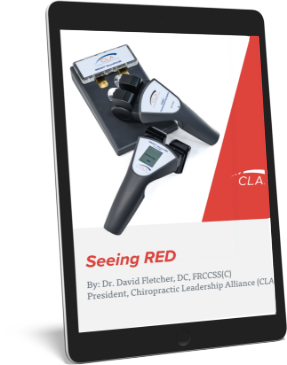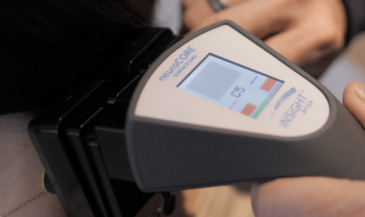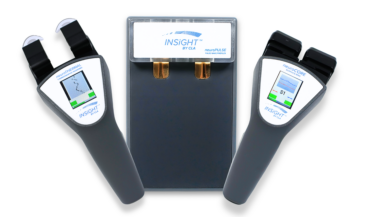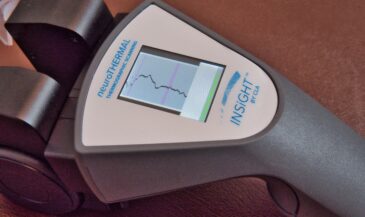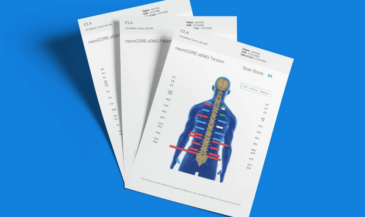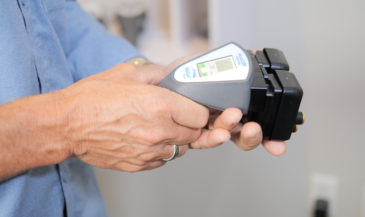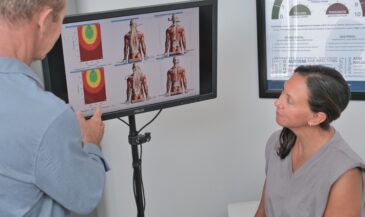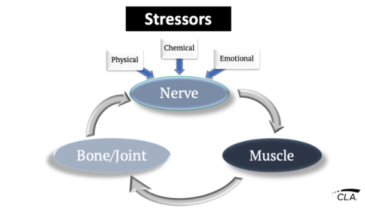By Dr. Christopher Kent
Evidencebased practice (EBP) is the hot buzzword today. The concept is simple, and as old as the healing arts. Sackett defines evidencebased practice as “The conscientious, explicit, and judicious use of the current best evidence in making decisions about the care of individual patients…(it) is not restricted to randomized trials and metaanalyses. It involves tracking down the best external evidence with which to answer our clinical questions.”[1]
What’s wrong with that? Absolutely nothing. It is certainly not a revolutionary idea. As Baltzan wrote, “What’s new about that? Certainly that is what I learned from my instructors when I went to medical school nearly 50 years ago and what my father told me he learned in medical school 80 years ago. In fact, Hippocrates understood the concept. It did not originate in Paris in the middle of the last century, as Sackett and his colleagues believe.”[2]
The problem is not, as Sackett proposed, “integrating individual clinical expertise and the best external evidence.”[3] Every doctor does that. The problem is the cavalier dismissal of evidence that doesn’t fit into a rigid hierarchy, and the compartmentalizing of the profession into two classes: 1) an oligarchy of researchers and 2) doctors who are reduced to mere technicians following the flow charts and algorithms promulgated by the elite. There is grave danger that the heart and soul of the healing encounter the doctorpatient relationship may be a casualty of the more extreme application of this mechanistic approach.
Although there is some minor variation in evidence hierarchies, the randomized clinical trial (RCT) is usually at the top. Significant problems are inherent in the RCT. Furthermore, for chiropractic, which does not treat specific diseases and emphasizes the individual needs of each patient, RCTs are an expensive exercise in futility.
The randomized clinical trial was first proposed by the British statistician Austin Bradford Hill in the 1930s.[4] Since then, the RCT has received a plethora of praise and a paucity of criticism. The Office of Technology Assessment noted, “objections are rarely if ever raised to the principles of controlled experimentation on which RCTs are based.”[5]
Despite such widespread enthusiasm, A.B. Hill recognized that clinical research must answer the following question: “Can we identify the individual patient for whom one or the other of the treatments is the right answer? Clearly this is what we want to do…There are very few signs that they (investigators) are doing so.”[6] Herein lies the fatal flaw in RCTs.
As Coulter observed, “We consider the controlled clinical trial to be a wrongheaded attempt by man to subjugate nature. Its advocates hope to overcome the innate and ineluctable heterogeneity of the human species in both sickness and health merely by applying a rigid procedure.”[7] Inability of the RCT to deal with patient heterogeneity makes it impossible to use RCT results to determine if a given intervention will achieve a specified result in an individual patient.
There are other problems associated with the application of evidencebased practice. Black listed the following: the lack of generalizability of scientific evidence to individual patients, the lack of attention to third party interests, the threat to the “art” of medicine, and the dangers of an oversimplistic approach. Although EBM clearly has a place, it does not have all the answers.”[8]
Holmes et al [9] are even harsher in their criticism of evidencebased health sciences (EBHS): “EBHS comes to be widely considered as the truth. When only one method of knowledge production is promoted and validated, the implication is that health sciences are gradually reduced to EBHS. Indeed, the legitimacy research designs comes to be questioned, if not dismissed altogether. In the starkest terms, we are currently witnessing the health sciences engaged in a strange process of eliminating some ways of knowing. EBHS becomes a ‘regime of truth,’ as Foucault would say a regimented and institutionalized version of ‘truth.’ …The ossifying discourse that supports EBM is the result of an ideology that has been promoted to the rank of an immutable truth and is considered, in learned circles, as essential to real science…”
The authors further note that, “The allembracing economy of such ideology lends the…disciples a profound sense of entitlement, what they take as a universal right to control the scientific agenda. By a socalled scientific consensus, this ‘regime truth’ ostracises those with ‘deviant’ forms of knowledge, labelling them as rebels and rejecting their work as scientifically unsound.”
However, the most damning aspect of evidencebased practice is the lack of scientific evidence that it improves clinical outcomes. According to Haneline, “It should be noted that the process of EBP itself has not been rigorously tested, so we do not know for sure if it actually results in improved health. No RCTs that have compared EBP with standard methods or practice have been carried out in any of the health care professions because of the methodological difficulties and exorbitantly high costs that would be associated with attempting to execute such studies.”[10]
With tongue firmly planted in cheek, Smith and Pell probably said it best. “As with many interventions intended to prevent ill health, the effectiveness of parachutes has not been subjected to rigorous evaluation by using randomised controlled trials. Advocates of evidence based medicine have criticised the adoption of interventions evaluated by using only observational data. We think that everyone might benefit if the most radical protagonists of evidence based medicine organised and participated in a double blind, randomised, placebo controlled, crossover trial of the parachute.[11]
References
1. Sackett DL: Editorial. “Evidencebased medicine.” Spine 1998;23(10):1085.
2. Baltzan M: “Evidencebased medicine: pure rhetoric.” The Medical Post, Toronto. 7/8/98.
3. Sackett DL, Rosenberg WMC, Gray JAM, et al: “Evidence based medicine: what it is and what it isn’t.” BMJ 1996;312:7172.
4. Coulter HL: “The Controlled Clinical Trial: An Analysis.” Center for Empirical Medicine. Washington, DC, 1991.
5. US Congress. Office of Technology Assessment, 1983, page 7. Quoted in Coulter HL: “The Controlled Clinical Trial: An Analysis.” Center for Empirical Medicine. Washington, DC, 1991.
6. Hill AB: “Reflections on the controlled clinical trial.” Annals of the Rheumatic Diseases 25:107, 1966.
7. Op. cit. Coulter.
8. Black N: “Evidencebased surgery: a passing fad?” World Journal of Surgery 1999;23(8):789.
9. Holmes D, Murray SJ, Perron A, Rail G: “Deconstructing the evidencebased discourse in health sciences: truth, power and fascism.” Int J Evid Based Healthc 2006; 4: 180186.
10. Haneline MT: “EvidenceBased Chiropractic Practice.” Jones and Bartlett Publishers. Sudbury, MA. 2007. page 7.
11. Smith GCS, Pell JP: “Parachute use to prevent death and major trauma related to gravitational challenge: systematic review of randomised controlled trials.” BMJ 2003;327:14591461.




